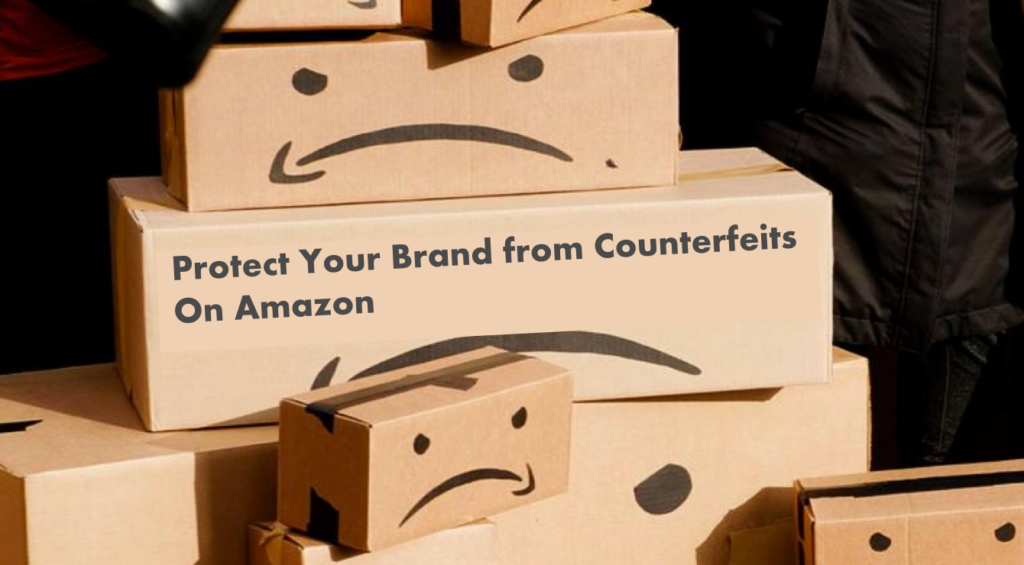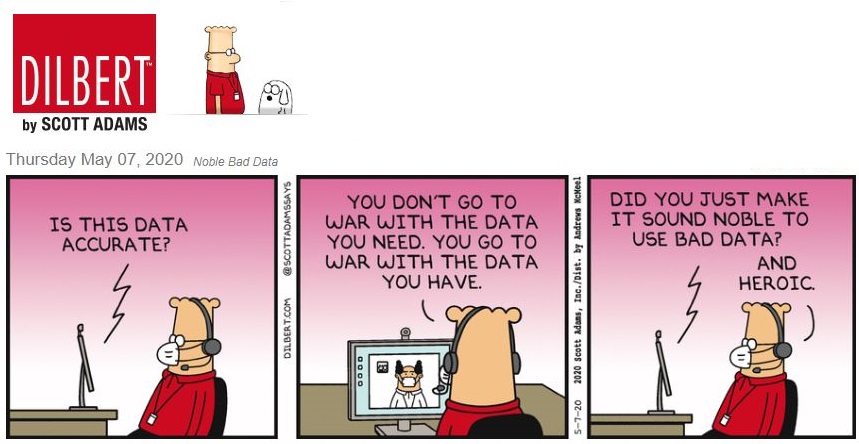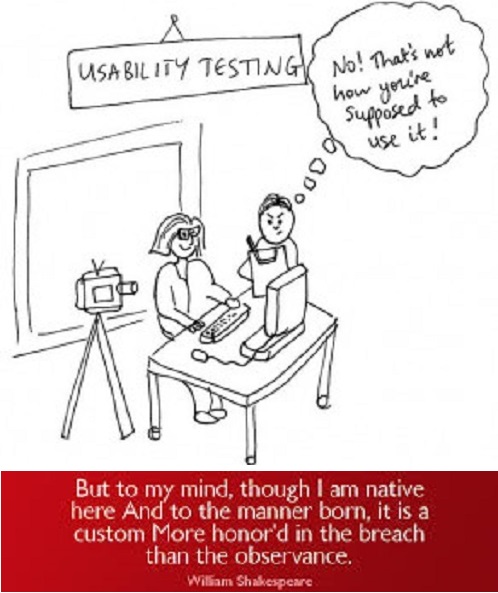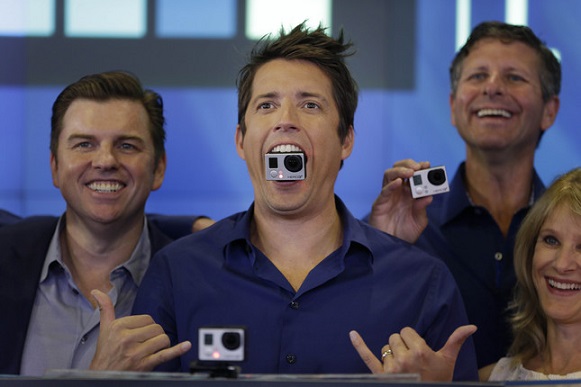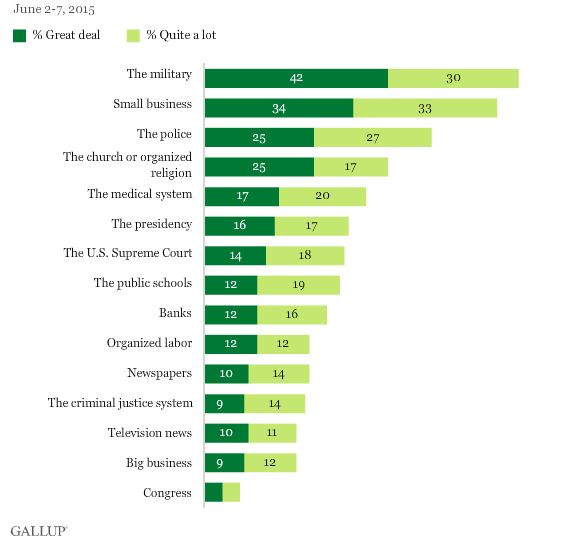
Skyrocketing house prices and apartment rents, long and slow commutes, overcrowded schools, etc. not only dramatically diminish peoples’ quality of life but can choke off economic growth in places like Silicon Valley. (And Silicon Valley is not unique; e.g., Boston has a similar problem.) What can be done about it? We need to think bigger, in terms of geography. Every sizable city or cluster of nearby cities has some form of LOCAL regional economic development authority. But those authorities are sub-optimizing. We believe that what is needed is a nationwide advisory council AND a change in thinking by large companies. Germany is a good example of what is possible. We can understand to some extent the economies of scale of microchip manufacturers for examples, but it especially baffles us that technology giants like Facebook, Google, Oracle, eBay, and LinkedIn, which are principally software companies, insist on building mega-campuses in Silicon Valley. Seems to us that—using their own technology and realizing that software can be written anyplace—they could do large portions in regional centers. Even Apple, who farms out much of their manufacturing to Chinese companies like Foxconn, very likely would benefit if their employees spent more time working and less time commuting to their new giant building (which will almost certainly exacerbate the already horrendous traffic jams in that area).
There are lots of other attractive cities in western states with a critical mass of local services and attractions that would welcome an influx of well-paid, well-educated employees: for example, Austin, TX; Denver, CO; Seattle, WA; Portland, OR, Los Angeles, CA; San Diego, CA; Sacramento, CA; and Phoenix, AZ. Similarly for eastern states.


